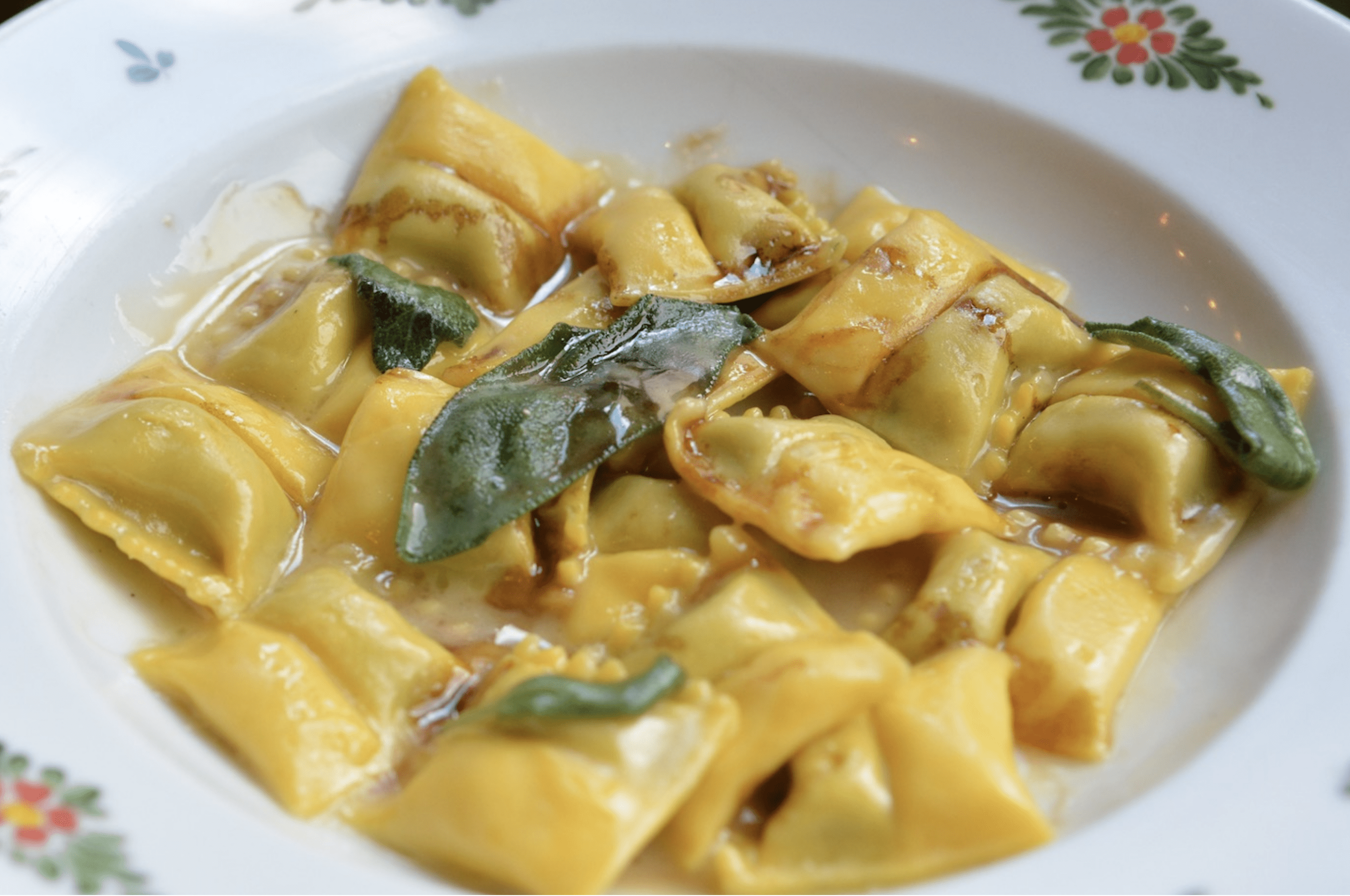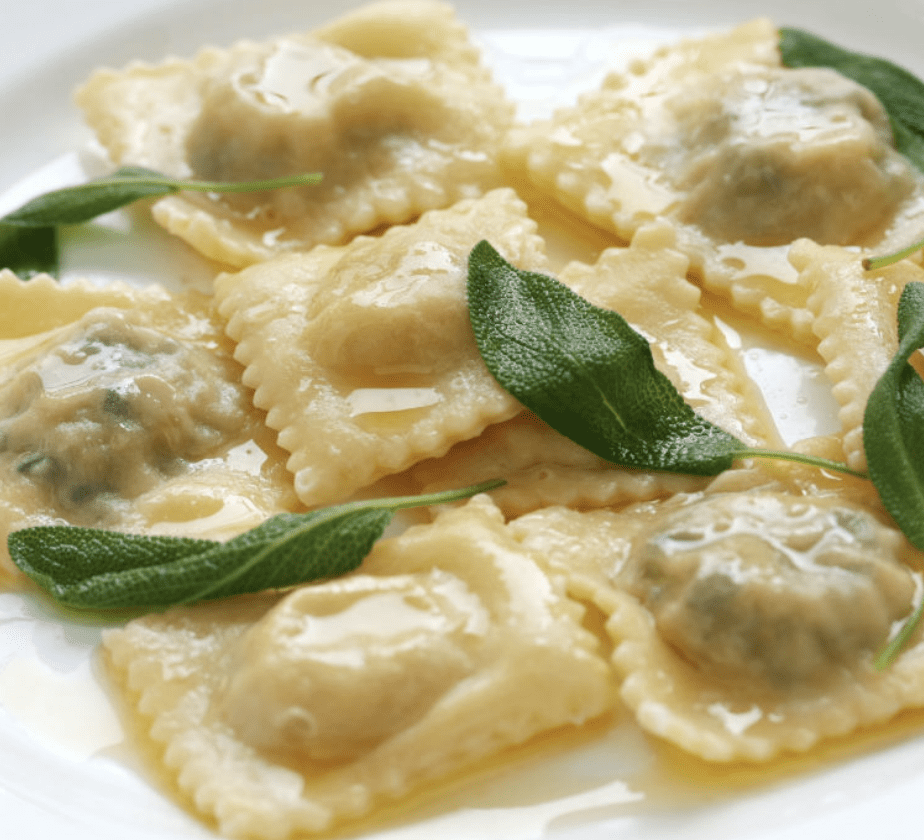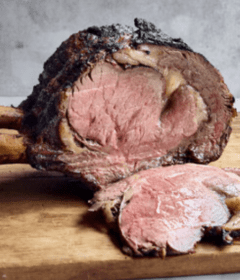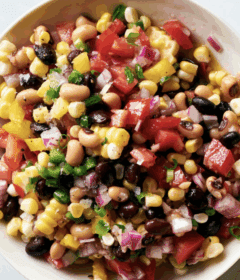Tortelli di Ricotta

Tortelli di Ricotta – There isn’t much difference between tortelli and ravioli in the world of Italian filled pasta. By that I mean the dough is more or less the same (sometimes with eggs, sometimes without) but the fillings, shapes and name depend more on the region, or even the town, the tortelli or ravioli is made in and considered traditional.
However, in general, ravioli are almost always square or round. Whereas, tortelli can be large squares, rectangular, sometime semi-circular or may even look similar to cappelletti (little hats). T
There are also 2 kinds of tortelli shaped like bonbons or sweets. One is known as tortelli Piacentini or Petrarca’s tortelli named after the famous poet and traditional in Piacenza, Emilia-Romagna. The other is better known as caramelle (meaning sweets).
Tortelli di Ricotta – Like many traditional pasta shapes, tortelli and ravioli have ancient origins. But there are varying opinions on exactly when, where and how the idea of these filled pastas was born.

Tortelli di Ricotta Recipe
Put the ricotta, eggs, Parmigiano and nutmeg in a medium bowl, season with salt and pepper and fold together with a rubber spatula until just incorporated.
Spoon the ricotta mixture into a piping bag fitted with a number 3/8 inch plain tip and refrigerate for at least 1 hour, but no more than 8 hours.
Line a baking sheets with parchment paper and lightly dust it with rice flour.
Lay pasta sheets on a floured surface and use a wheel cutter or sharp chef’s knife to cut them into 48 3-inch squares (using a ruler as a guide is helpful).
Lay half of the squares on the floured surface and keep the others under a damp kitchen towel.
Pipe about 1 ½ tablespoons of filling into the center of half the squares.
Use a pastry brush or your finger to brush the edges of the squares with water, then place one of the remaining squares on top of each one, using your fingers to press any air out.
Tightly seal the edges, then trim the edges with the wheel cutter and arrange the tortelli on the rice-flour-dusted baking sheet.
The tortelli can be refrigerated for up to 1 day or frozen for up to 2 months.
When ready to cook, fill a large pot about two-thirds full with water, salt it liberally, and bring to a boil over high heat.
Meanwhile, melt the butter in a medium sauté pan over medium-high heat.
Add the sage leaves and cook, stirring with a wooden spoon, until the butter is browned and fragrant, about 2 minutes. Remove from heat and cover to keep warm.
When the water has come to a boil, lower the heat slightly to a gentle boil and gingerly add the tortelli a few at a time.
Stir carefully once to keep them from sticking together, then cook until he tortelli float to the surface, 2 to 3 minutes for fresh, 4 to 5 minutes for frozen.
Remove with a slotted spoon, letting the excess water run off, and transfer to a bowl.
Add the tortelli to the sage butter and toss briefly to coat. Divide among individual plates, sprinkle each serving with Parmigiano, and serve immediately.
Serves 6 as an appetizer or 4 as a main course
Tortelli di Ricotta Ingredients
1 lb. ricotta cheese
1 large egg plis 1 large egg yolk, lightly beaten together
½ cup finely grated Parmigiano Reggiano, plus more for serving
Pinch of freshly grated nutmeg
Kosher salt
Freshly ground black pepper
Rice flour, for dusting
1 lb. fresh pasta sheets, rolled out to the thinnest setting on a pasta machine
8 tbsp. unsalted butter
10 fresh sage leaves



